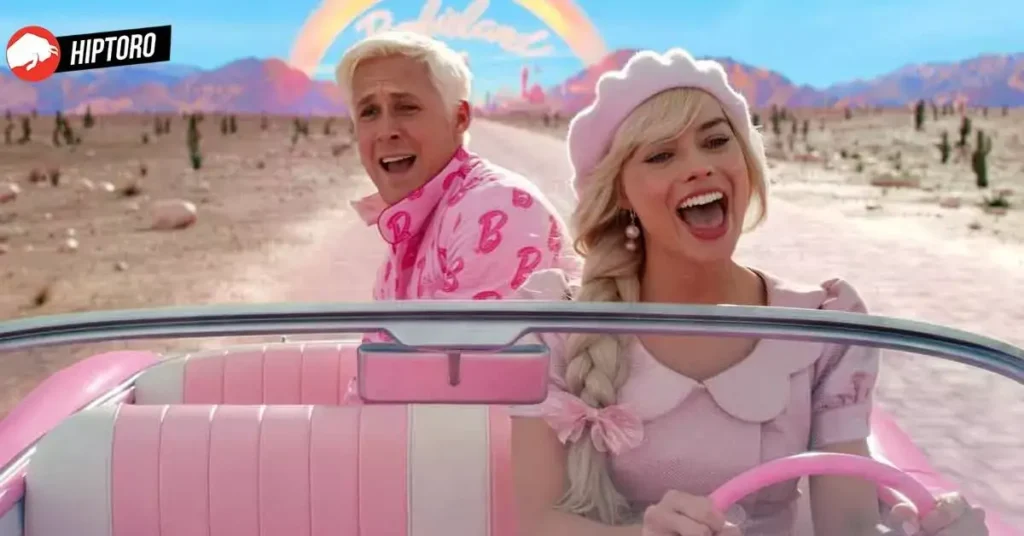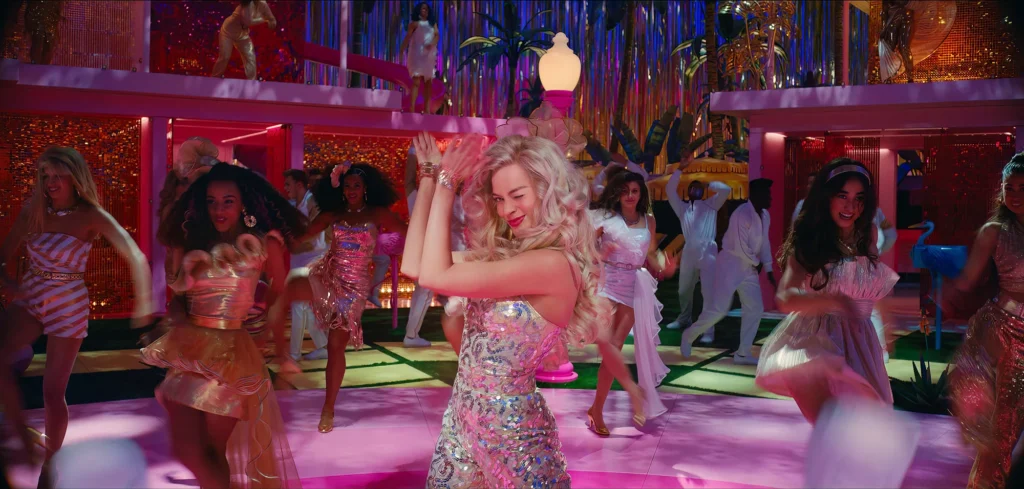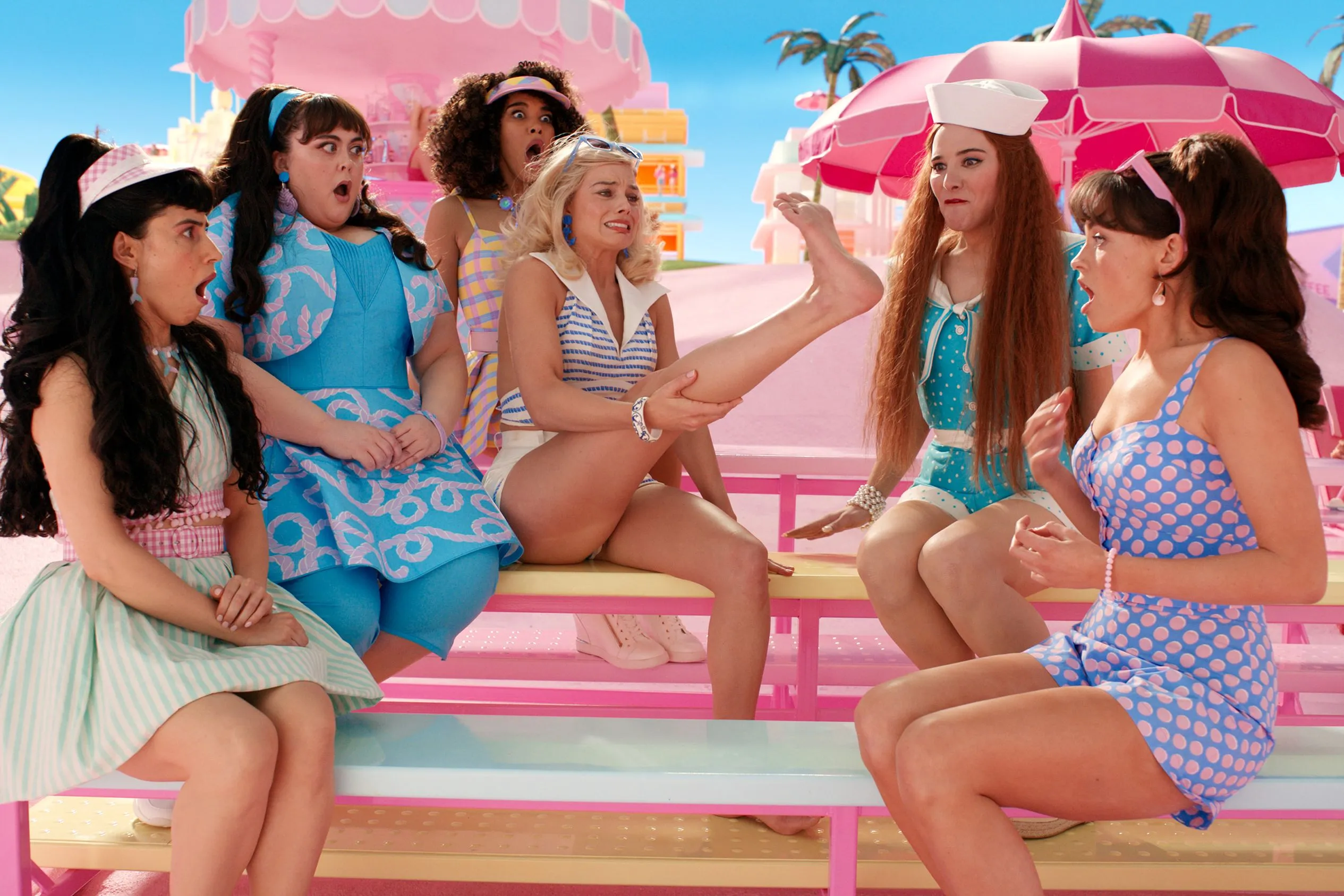Spoiler Warning! This piece reveals critical details from the recent “Barbie” film (now in theaters).
Like Frodo at the end of “The Return of the King,” Barbie, played by Margot Robbie, decides to leave the familiar comforts of her world after a transformative journey to Los Angeles. Her actions in the movie restore balance to Barbie Land, a place taken over by male-ego-driven Kens. Wanting to experience human emotions and realities, Barbie decides to step out of her doll life and start afresh in California.
Guided by her real-life inventor, Ruth Handler (Rhea Perlman), Barbie embraces mortality and becomes a human at the end of the film, even adopting Handler’s surname. The film’s director and co-writer, Greta Gerwig, opens up about the brilliant closing moment and the real-life Ruth Handler in a conversation with USA TODAY.
Greta Gerwig’s Aim for a Resounding Ending

In the final scene of the film, Mattel employee Gloria (America Ferrera) and her daughter Sasha (Ariana Greenblatt) accompany Barbie to what seems to be a job interview at an office building. Visibly nervous yet excited, Barbie walks into a waiting room and confidently tells the receptionist, “I’m here to see my gynecologist.”
“With this film, it was important for me that everything operated on at least two levels,” says Gerwig. “I knew I wanted to end on a mic drop kind of joke, but I also find it very emotional. When I was a teenage girl, I remember growing up and being embarrassed about my body, and just feeling ashamed in a way that I couldn’t even describe. It felt like everything had to be hidden.
Ruth Handler’s Vision of an Aspirational Doll

Ruth Handler, introduced as a character halfway through “Barbie,” co-founded Mattel in 1945. The idea for Barbie originated after watching her daughter, Barbara, play with adult women’s paper dolls. Against the popularity of baby dolls at that time, Handler viewed Barbie as an aspirational alternative, a toy that allowed girls to envision lives and careers outside of traditional roles.
“Ruth saw that little girls wanted to play at being big girls,” says Robin Gerber, author of “Barbie and Ruth.” “She described it as a toy that would allow girls to imagine being whatever they wanted to be.”
The first Barbie launched in 1959, was an immediate success, despite controversies around her slim waist and large bust – features inspired by the German fashion doll, Bild Lilli. Handler discovered Bild Lilli during a trip to Hamburg and used her as a model for Barbie.
“If that doll had smaller breasts, I think Barbie would have had smaller breasts,” Gerber says. “It’s an accident of history.”
In Handler’s 1994 book “Dream Doll,” she shared that some Mattel designers were uncomfortable about a doll with breasts, but she didn’t back down.
“Every little girl needed a doll through which to project herself into her dream of her future,” Handler told the New York Times in 1977. ”If she was going to do role playing of what she would be like when she was 16 or 17, it was a little stupid to play with a doll that had a flat chest. So I gave it beautiful breasts.”









